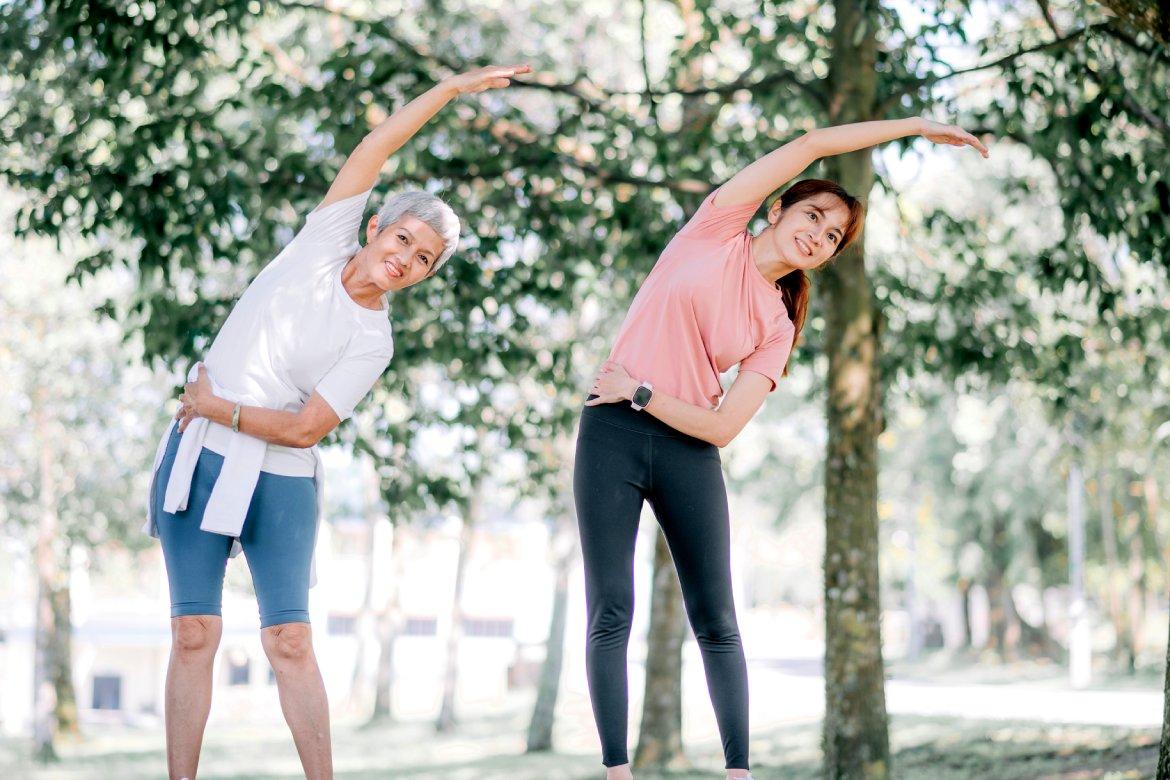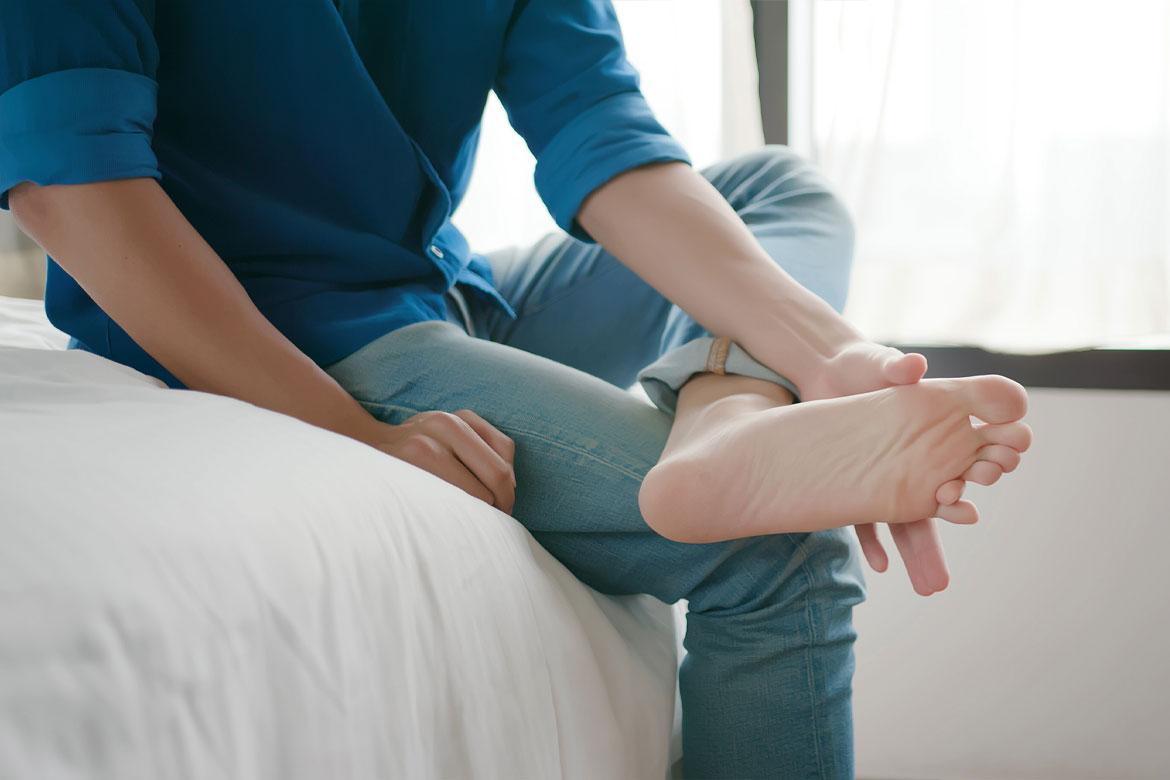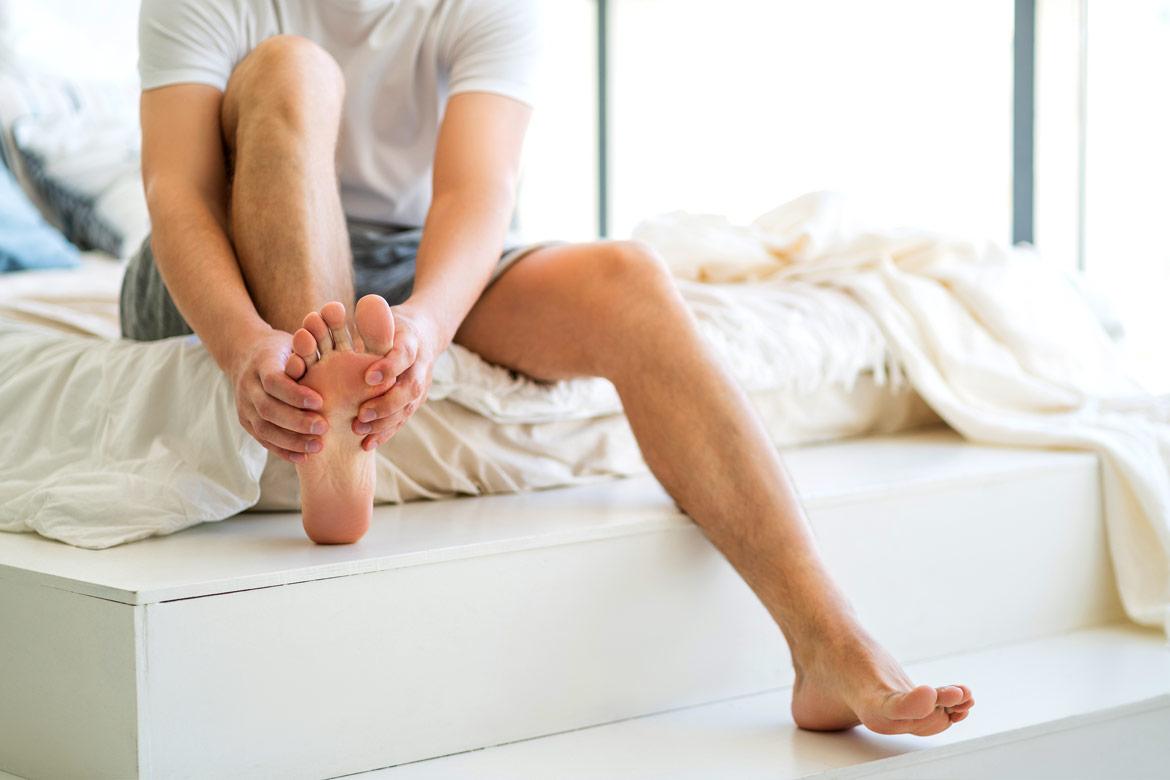-
-
Featured Care Areas

Cervical & Lumbar Spondylosis
What is spondylosis?
Spondylosis is a degenerative condition of the spine and usually involves the discs, ligaments and joints. It is also known as spinal osteoarthritis.
Spondylosis commonly occurs in the neck (cervical spondylosis) or lower back (lumbar spondylosis).
In spondylosis, the discs between the vertebrae (spinal bones) lose their cushioning effect and the ligaments thicken. The degeneration may start with a disc injury or with the 'jelly' in the discs drying up with age.
What are the symptoms of spondylosis?
Most people have no symptoms and may not even be aware that they are suffering from spinal spondylosis.
When symptoms are present, the common signs are:
- Stiff and painful neck
- Lower back pain and stiffness
- Difficulty keeping the back straight
- Tingling sensations in one or both arms, hands, legs or feet
- Numbness and weakness in one or both arms, hands, legs or feet
What causes spondylosis?
Spondylosis is caused by repetitive stress from overloading the spine, wear and tear due to ageing, as well as injury.
Other causes include:
- Dehydrated discs due to ageing. The discs in the spine act like cushions between the vertebrae. By around the age of 40, the spinal discs start to dry out and shrink, which leads to more bone-on-bone contact between the vertebrae.
- Herniated discs due to ageing. With age, the exterior of the spinal discs wear down and cracks can happen, leading to bulging (herniated) discs that press on the spinal cord and nerve roots.
- Bone spurs due to disc degeneration. When the discs wear down, the body produces extra bone to stabilise the segment. These bone spurs often lead to pinching of the nerve roots or spinal cord.
- Stiff ligaments due to ageing. Ligaments are cords of tissue that connect bone to bone. Ligaments can stiffen over time, making the back less flexible.
What are the risk factors for spondylosis?
Risk factors for spondylosis include:
- Age
- Genetic factors
- Jobs that involve repetitive neck or back movements and heavy lifting
- Previous neck or back injuries
- Smoking, which has been linked to increased neck pain and back pain
What are the complications and related diseases of spondylosis?
In severe cases of nerve pinching due to spondylosis, there can be permanent nerve damage and this can lead to:
- Chronic pain
- Weakness and a tendency to fall, especially when climbing stairs
- Difficulty in walking
- Unbalanced or unsteady gait
Spondylosis can also lead to other conditions, including:
Spondylolisthesis
Spondylolisthesis occurs when discs in the spine degenerate and are unable to support the segments, causing instability. A bone in the spine may slip out of place, putting pressure on a nerve.
Spondylosis with myelopathy
Cervical spondylotic myelopathy (spinal cord compression) occurs when the spine degenerates as we age, causing narrowing and pressure on the spinal cord. This condition is more common in those aged 50 and above.
Symptoms of cervical spondylotic myelopathy include:
- Neck stiffness
- Tingling or numbness in arms or hands
- Weakness of the arms, hands and legs
- Difficulty grasping or holding items
- Unsteady gait
- Lack of coordination in fine motor skills, such as using chopsticks, playing musical instruments, buttoning a shirt or writing
Spondylosis with radiculopathy
Radiculopathy (pinched nerve) occurs when a nerve root in the spine becomes compressed. It can happen in different areas along the spine, such as the neck (cervical) or lower back (lumbar).
Symptoms of radiculopathy generally include pain, numbness and tingling.
How do you prevent spondylosis?
Good back care, posture and lifestyle changes can help to prevent back pain.
- Avoid extended sitting at your desk. Take short breaks every hour to stand, walk around and stretch.
- When seated, make full use of a lumbar support to lean back and support your back.
- Adopt good ergonomics. Sit upright and make sure both your feet are on the floor, and your elbows, knees, hips and ankles are at a 90-degree angle.
- Keep the top of the computer screen at eye-level so that you look down at the screen at a 15- to 20-degree angle, which is less strenuous on the neck.
- If typing for prolonged periods, sit close to the table and rest your elbows on the table to relieve the tension from the shoulders and neck.
- Do regular stretching and strengthening exercises.
- Adopt good form when lifting heavy objects.
- Do not smoke.
This coverage checker is brought to you by Health Insured, an online resource that helps you understand your health coverage in Singapore.
This page has been reviewed by our medical content reviewers.
Need help?
For enquiries, please call
+65 6575 7575
For appointment bookings, please WhatsApp
+65 8111 9777









